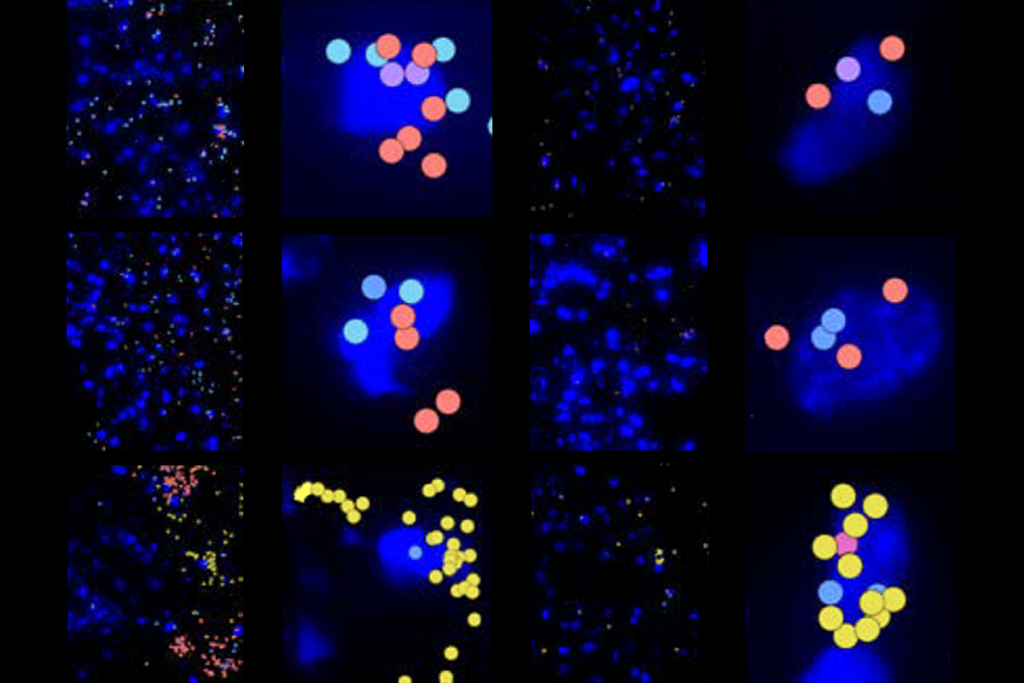James Harris is professor of psychiatry and behavioral sciences at Johns Hopkins University School of Medicine in Baltimore, where he is founding director of the Developmental Neuropsychiatry Clinic. He is also a professor at Johns Hopkins Bloomberg School of Public Health. He served on the American Psychiatric Association committee that wrote the new definition of autism spectrum disorder for the DSM-5.
James Harris
Professor of psychiatry and behavioral sciences
Johns Hopkins University School of Medicine
From this contributor
Correcting the record: Leo Kanner and the broad autism phenotype
The specter of the ‘refrigerator mother’ theory continues to haunt the history of autism. New information puts Kanner’s observations of parents into context.

Correcting the record: Leo Kanner and the broad autism phenotype
Explore more from The Transmitter
Machine learning spots neural progenitors in adult human brains
But the finding has not settled the long-standing debate over the existence and extent of neurogenesis during adulthood, says Yale University neuroscientist Juan Arellano.

Machine learning spots neural progenitors in adult human brains
But the finding has not settled the long-standing debate over the existence and extent of neurogenesis during adulthood, says Yale University neuroscientist Juan Arellano.
Xiao-Jing Wang outlines the future of theoretical neuroscience
Wang discusses why he decided the time was right for a new theoretical neuroscience textbook and how bifurcation is a key missing concept in neuroscience explanations.
Xiao-Jing Wang outlines the future of theoretical neuroscience
Wang discusses why he decided the time was right for a new theoretical neuroscience textbook and how bifurcation is a key missing concept in neuroscience explanations.
Memory study sparks debate over statistical methods
Critics of a 2024 Nature paper suggest the authors failed to address the risk of false-positive findings. The authors argue more rigorous methods can result in missed leads.

Memory study sparks debate over statistical methods
Critics of a 2024 Nature paper suggest the authors failed to address the risk of false-positive findings. The authors argue more rigorous methods can result in missed leads.